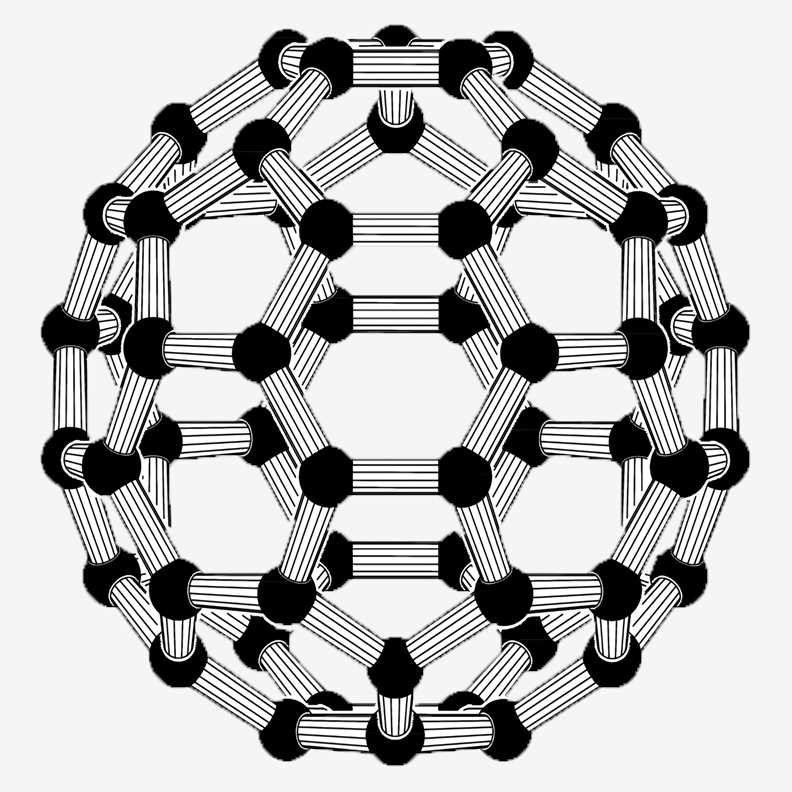
New Nanomaterials and Detection Tools
Recently, various nanomaterials are used in order to develop nanotechnology-based rapid diagnostic tests, such as quantum dots (QDs), metallic nanoparticles, silica nanospheres, carbon nanotubes (CNTs), and magnetic nanoparticles. This novel nano diagnostic approach will further develop point-of-care (POC) diagnostics.
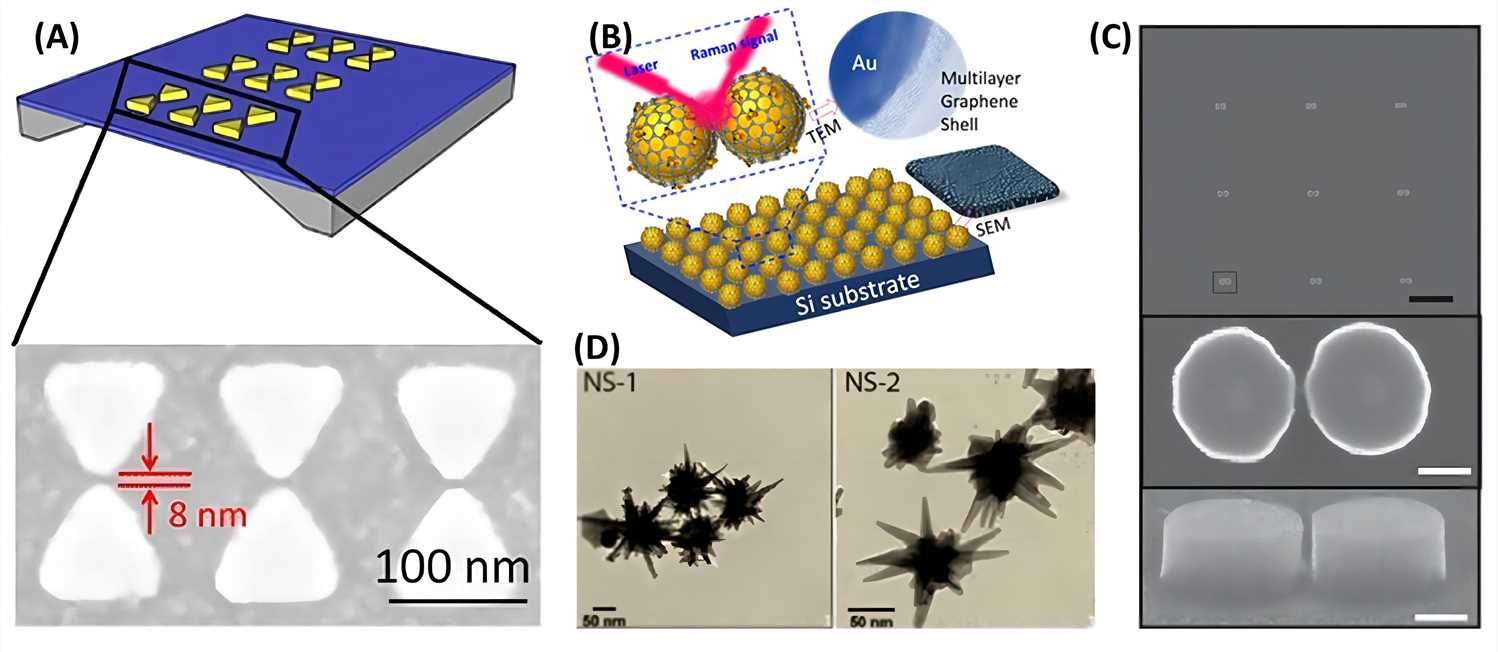
Different Signal Patterns of Nanomaterials IVD Applications
Many of the currently available IVD tools are limited by their limit and sensitivity of detection. Therefore, it is important to develop new sensing techniques with improved detection performance and expand the diagnostic capability by advanced nanomaterials with trying different signal patterns.
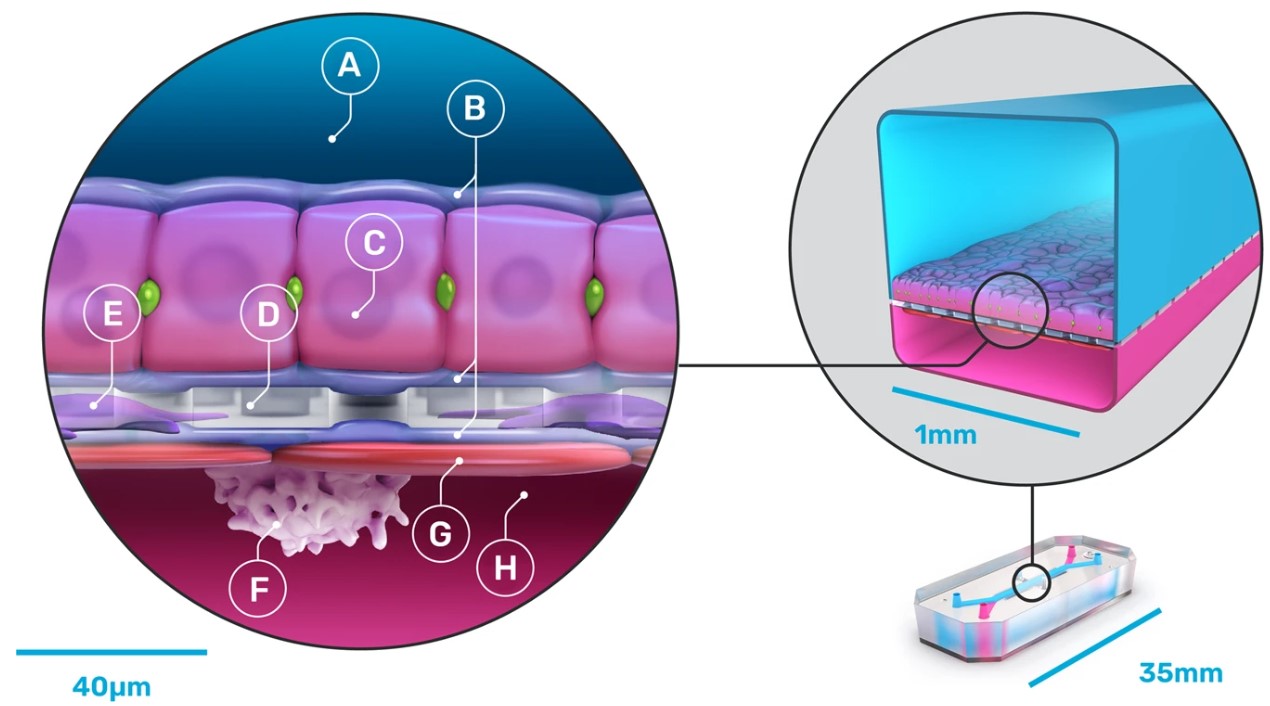
Microfluidic Devices and Chips for Diseases Research
Researchers have developed Microfluidic devices in order to provide inexpensive and facile detection of diseases. The majority of Microfluidic devices that have been already developed work by sensing specific biomarkers, human cell types, bacteria, or viruses.
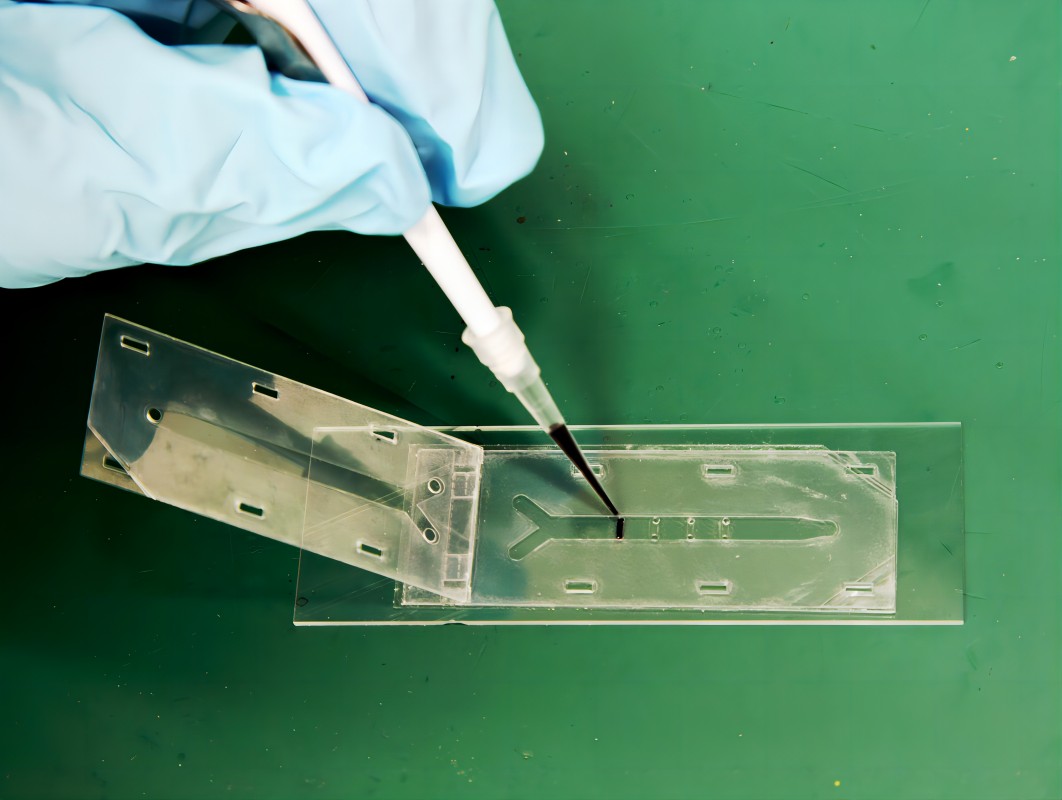
Smartphone-based Point-of-Care Technologies
The high-resolution rear camera of smartphone can be transformed into a potential POC reader to detect colorimetric, fluorescence, luminescence, SPR, and other optical signals.
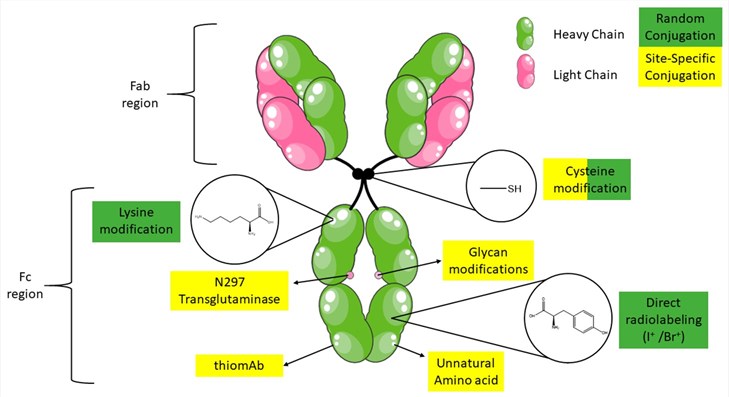
SdAb Labeling for PET and SPECT
Nanobodies labelled with a gamma- or positron-emitting radionuclide can be used to quantitatively image the biodistribution of the radiolabeled-antibody using whole body Single Photon Emission Computed Tomography (SPECT) or Positron Emission Tomography (PET) respectively. Different nanobody conjugation methods are introduced.
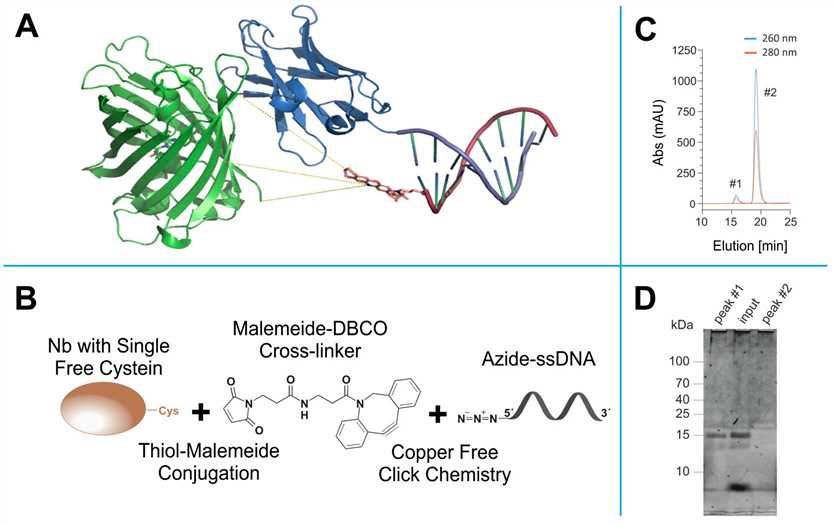
Aptasensors
An aptasensor is a particular class of biosensor where the biological recognition element is a DNA or RNA aptamer. A variety of techniques in combination with a wide range of functional nanomaterials have been used for the design of aptasensors to further improve the sensitivity and detection limit of target determination.
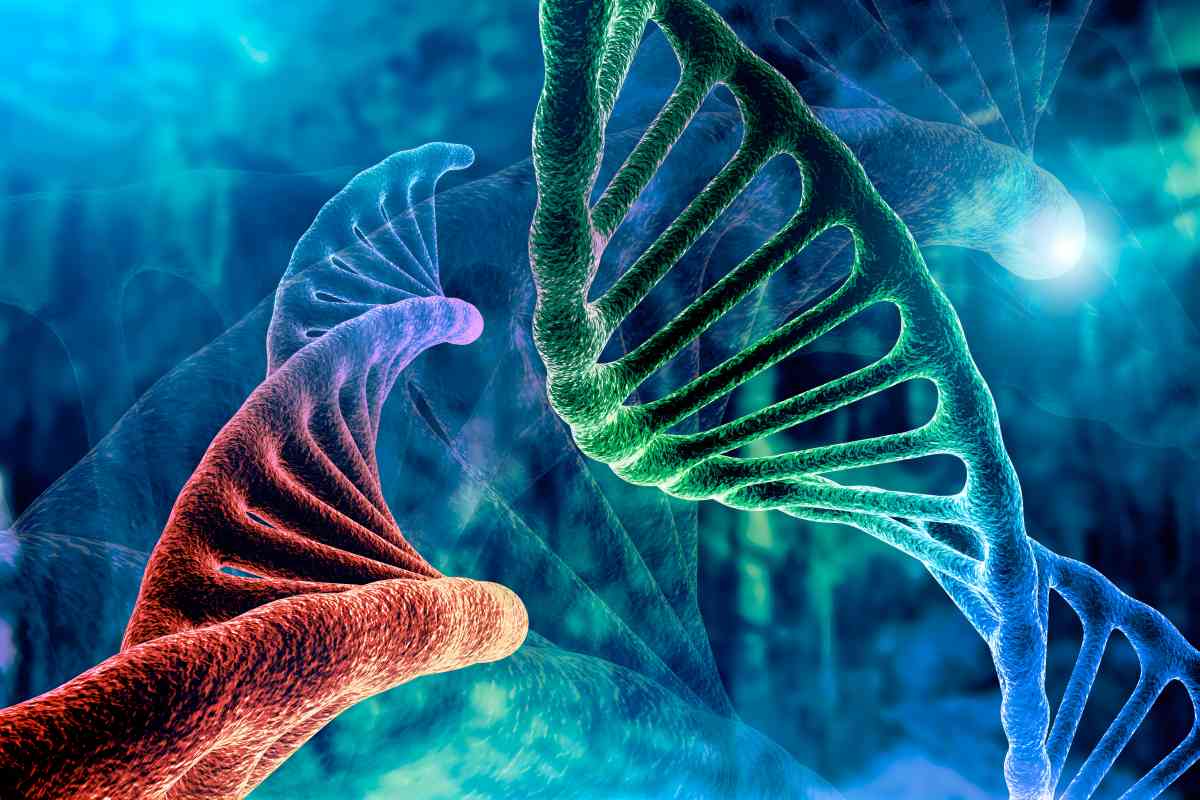
eSensor Technology
Numerous electrochemical biosensors (eSensors) have been developed and proposed for detection of various diseases based on specific biomarkers. eSensors for point-of-care testing are garnering interest due to their speed, sensitivity, and selectivity as well as their inexpensive, user-friendly operation.
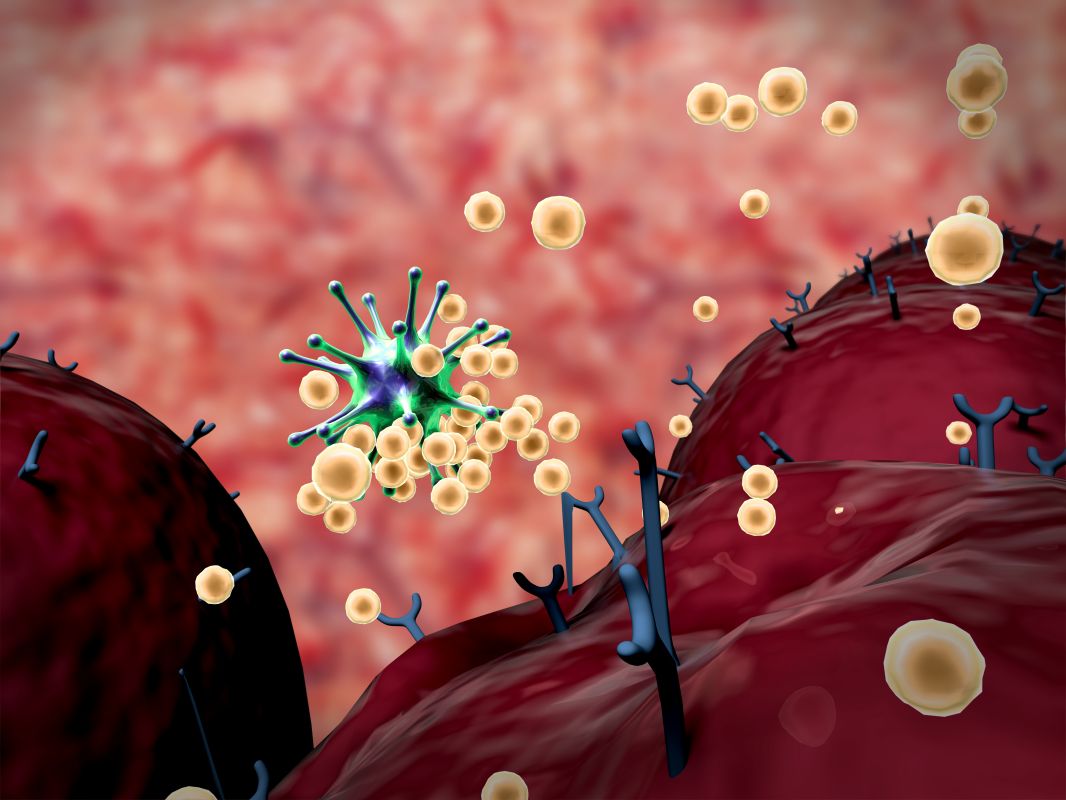
Nano-immuno Assay (NIA)
NIA is an automated nano-fluidic method that uses isoelectric protein focusing and antibody detection to quantify protein expression and resolve un-phosphorylated from single- and multiple- phosphorylated protein isoforms.
References
- Dell'Olio, Francesco. "Multiplexed liquid biopsy and tumor imaging using surface-enhanced Raman scattering." Biosensors 11.11 (2021): 449. Distributed under Open Access license CC BY 4.0, without modification.
- Ewart, Lorna, et al. "Performance assessment and economic analysis of a human Liver-Chip for predictive toxicology." Communications Medicine 2.1 (2022): 154. Distributed under Open Access license CC BY 4.0, without modification.
- Dewulf, Jonatan, et al. "Development of antibody immuno-PET/SPECT radiopharmaceuticals for imaging of oncological disorders—an update." Cancers 12.7 (2020): 1868. Distributed under Open Access license CC BY 4.0, without modification.
- Sograte-Idrissi, Shama, et al. "Nanobody detection of standard fluorescent proteins enables multi-target DNA-PAINT with high resolution and minimal displacement errors." Cells 8.1 (2019): 48. Distributed under Open Access license CC BY 4.0, without modification.
For Research Use Only.

